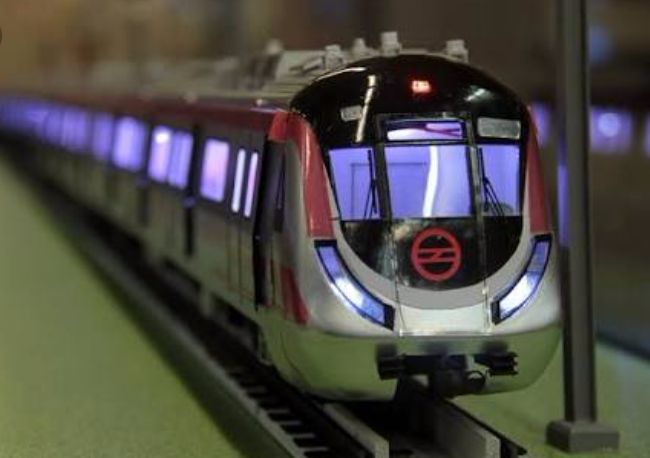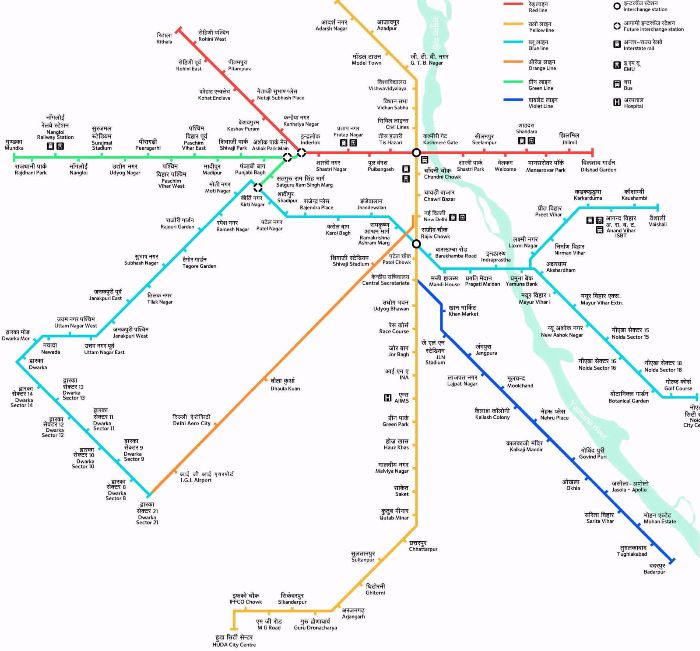Free Ride For Women
Jun 13, 2019 • 32 views
In the words of Aristotle, women all over the world are treated as ‘’an inferior type of men’’. Though last fifty years have been seeing tremendous transformation in the status of women. But, the patriarchal attitude and traditional norms of our society are still a great obstacle in their path. Once they step out of the confines of their house, theyare subject to security problems and every women, including school and college going girls and working women, face these atrocities.

It is not safe for them to go out by private vehicle. Even their travelling by public transport exposes them to several kind of eve-teasing, molestation and obscene remarks. Cherry on the cake is the fact that the capital of India has the highest molestation cases. Therefore in order to curb this menace, earlier this month, Delhi Chief Minister Arvind Kejriwal, has announced the scheme of providing free ride to women in public transport buses and metrotrains. It will not only encourage women to use public transport more, but also allow them to occupy public spaces and exercise their right to work and commute more freely.
Recently as a matter of fact, women’s choices about work are determined by their commuting experiences, including the availabilty of modes of transport, distance between the workplace and their residence, presence of other women during commute and other safety factors of the overall route. Moreover, it is the cost ofcommutation that determines the choice of work for many women.
Recently , there has been fall down in women labour force participation amidst the large unemployment crisis. A move like this could enhance the productivity and participation of women in the economy. This is because the effort will be supplemented with increased frequency of metros and deployment of more women guards, ultimately contributing to their safety.
Most importantly, this could make the Delhi metro accesible to working class women for whom the metro has always been an aspirational vehicle. Generally, it is a logic behind any public transfort to be inexpensive and eligible to lend a helping hand to working poor women, students, the differently-abled, and senior citizens with an option of price discrimination for the one who can afford it. The hike in the fare of tokens of metro in 2017 had dropped over three lakh passengers per day, owing to increased unaffordability.

This is also an ecologically-friendly measure in a polluted city like Delhi. Cheap access to public transport is the need of the hour. Towards the end, this move also gives space for paradoxical situation where those who often turn a blind eye to the notion of equality at the time of payment gaps between men and women for the same work, claims that this move reinforces gender biasness. They often forget that many indusries offer those jobs to women that men hate to do.
Gender discrimination in India begins in the cradle. In addition to this, the problems faced by women are innumerable but are not insurmountable. It is time to rise from the slumber and support them. The scheme may not be able to meet its ends. But the need for radical attitudinal shifts are quintessential. Transformation of the attitude of men is vital to ameriolate their condition. If that doesnot take place, even thousands of such laws will not be able to improvise the degrading lot of women. Discussing the pros and cons of a proposal like this and learning from examples around the world is important rather than attacking it the minute it is proposed.
